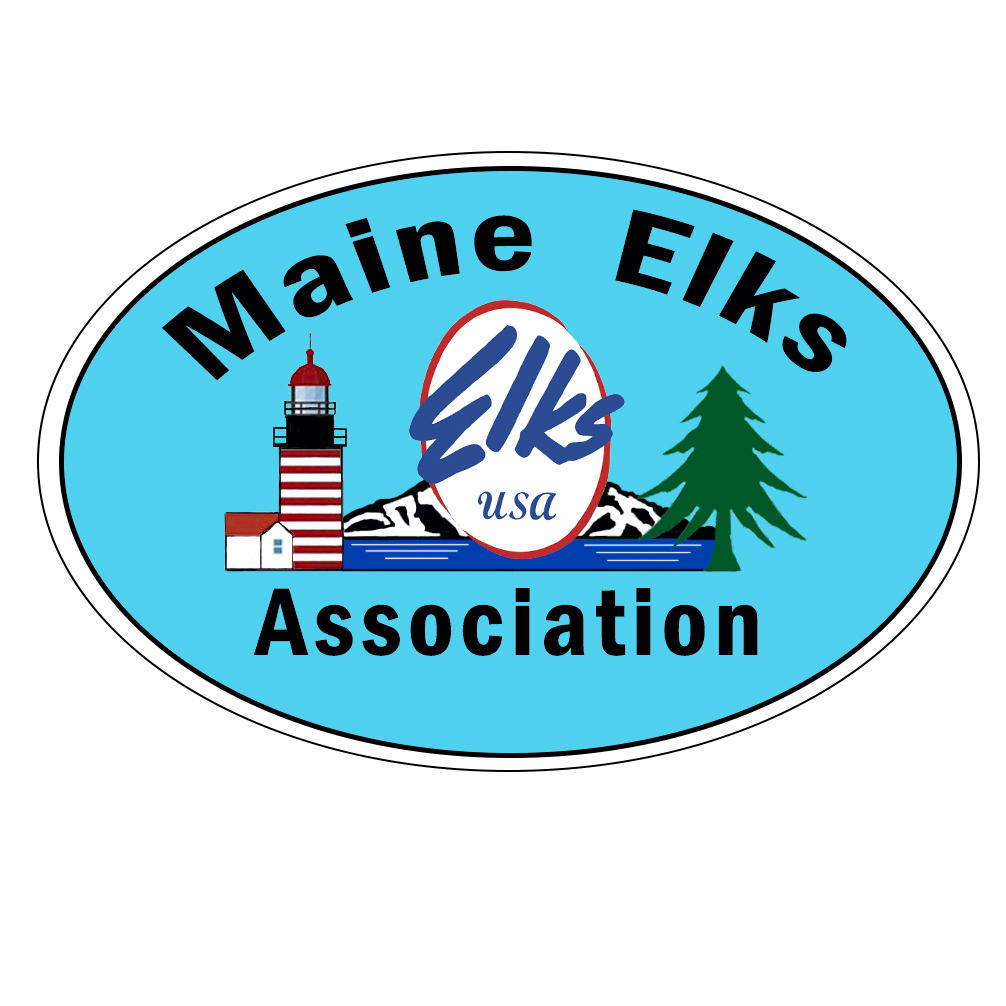At the Maine Elks Association meeting on January 12, 2025, the association’s legal advisor Alan Harding explained a new law affecting all employers in the state, including Elk Lodges. He passed on the following information to help Lodges understand the new law, and how it affects local Lodges.
Two different Maine Statutes involving paid leave, namely the Maine Paid Family & Medical Leave Program, which began on January 1, 2025, and Maine Earned Paid Leave, enacted in 2019, make it extremely important for all Maine employers including Elk Lodges, to count the number of employees of their Lodge.
The Maine Paid Family and Medical Leave Program applies to all Maine employees. It requires an employer contribution of 1% if the employer had fifteen (15) or more employees full-time, part-time, seasonal, or per-diem, for twenty (20) or more weeks during the period of October 1, 2023, to September 30, 2024. One-half of that 1% withholding may be withheld from the employee.
For employers of one or more employees, but fewer than fifteen (15) employees, a withholding of 0.5% of wages is required. All or a portion of that contribution can come from the employees’ wages.
Pursuant to the Maine Earned Paid Leave statute, in contrast to the Maine Paid Family & Medical Leave Program, seasonal employees who work in regularly recurring periods of less than twenty-six (26) weeks are not included in the number of employees being subject to that statute. To be subject to the payment of earned paid leave, the Employer must have more than ten (10) employees in the usual and regular course of business for more than one hundred twenty (120) days in any calendar year.
With respect to both programs, the specified number of employees must exist for twenty (20) more weeks in a calendar year.
An individual who is employed by an independent contractor of the Lodge or is himself an independent contractor is not an employee. Any person who performs services for remuneration is presumed to be an employee; unless the employing unit proves that the position is free from the essential direction and control of the employing unit. For example, when a Lodge hires specific musicians to play in an ensemble on one or nights, the musicians are employees of the Lodge. If the Lodge hires a group of musicians who are chosen by a leader who contracts with the Lodge and who separately chooses and pays the musicians, the musicians are not employees of the Lodge, but instead are employees of the band and/or its leader.
Similarly, an individual who provides cleaning services at the Lodge, but whose work hours are not determined by the Lodge, who provides equipment of his own and is paid for his services periodically, but not on the basis of the number of hours he was at the Lodge is an independent contractor and not an employee.
The same individual providing the same service may or may not be an employee of the Lodge depending on a variety of factors involving who has the right to control the means and the progress of the work and whether the individual works only for the Lodge or for other individuals or entities and whether the individual owns his own tools or materials used to complete the work.
To the extent that a Lodge believes that it may equal or exceed the number of employees subjecting it to the provisions of these statutes, it should look to its ability to obtain the services of a clearly independent contractor as opposed to individuals.
